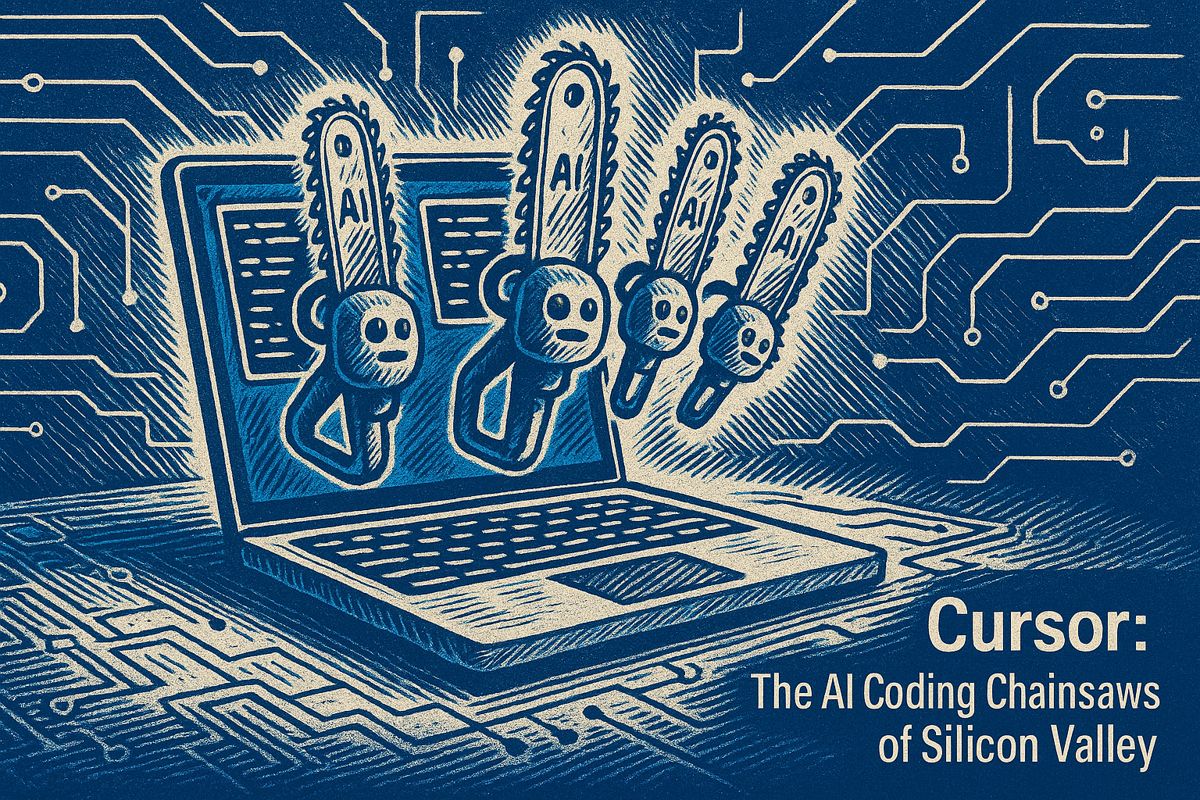Effective CFO-CIO AI alignment is crucial for realizing business value from artificial intelligence investments. With global AI spending projected to hit $644 billion by 2025, a failure to collaborate between finance and IT leaders can significantly erode a project’s promised returns.
The Chief Financial Officer controls capital and risk, while the Chief Information Officer owns data and infrastructure. When these two executive perspectives are integrated, AI initiatives remain properly funded, governed, and focused on measurable outcomes that resonate with boards and investors.
Achieving AI Value Requires CFO-CIO Collaboration and Guarding Against Blind Spots: Best Practices
Successful CFO-CIO collaboration on AI hinges on a shared roadmap, transparent ROI metrics, and strict data governance. This alignment ensures projects move beyond the pilot phase by establishing clear go/no-go signals, preventing budget waste, and focusing initiatives on tangible enterprise value from the start.
Recent KPMG analysis shows that a shared AI roadmap between finance and IT doubles the probability of projects moving beyond the pilot phase to unlock enterprise value (kpmg.com). Successful firms create a unified narrative for each AI model, defining its business case, payback period, and the ethical guardrails that govern it. Regular bi-weekly reviews using a common dashboard ensure both leaders stay synchronized on spending, risk, and adoption metrics.
A joint CFO-CIO steering committee typically establishes three core guardrails: data readiness, transparent ROI metrics, and responsible AI standards. According to CFO Dive, these formal checkpoints help companies escape “pilot hell” by creating clear go, pause, or kill signals for every AI experiment (cfodive.com).
Exposing the Blind Spots Before They Cost You
Industry experts like Bloomfire’s Brian Zander warn that CFOs often overestimate data quality, while CIOs may underestimate security risks and cost creep. This is validated by a 2024 IBM study revealing that while two-thirds of CFOs believe their data is ready for AI, only 29 percent of tech leaders agree. Bridging this perception gap requires joint data audits and a firm rule that no model is deployed without cross-functional approval.
Common points of friction include:
- Misaligned ROI horizons – finance seeks payback in six quarters while IT plans for multi-year infrastructure development.
- Data quality optimism – CFOs’ optimism about data quality often clashes with the CIO’s view of a messy reality.
- Security blinders – CIOs focus on cyber risk, but CFOs are more attuned to the financial exposure.
Metrics That Both Sides Trust
Leading partnerships establish a trusted, multi-tiered framework for measuring AI success. These metrics are typically grouped into three categories:
- Technical Performance: Latency, accuracy, and model drift.
- Operational Lift: Hours saved, cycle-time reductions, and error rate improvements.
- Financial Impact: Margin lift, revenue per employee, and working capital optimization.
For example, CFO Brew highlights how Bayer links its AI forecasting tools directly to quarterly margin variance. This practice enabled the company to confidently justify more compute spending when early results proved positive (cfobrew.com). This level of transparency provides finance with concrete financial data while giving IT the flexibility to iterate and improve the technology.
The Skills Shift Underway
According to Adecco, AI-driven automation is reducing manual, entry-level accounting tasks like reconciliations and compliance by up to 30 percent. This shift is creating demand for new hybrid roles, including AI accounting systems specialists, data-driven compliance analysts, and AI governance leads. Simultaneously, CIO teams are hiring cyber-financial risk strategists who understand both technical infrastructure and financial audit requirements.
To fill this skills gap, leading companies are investing in cross-training programs where senior accountants and data engineers collaborate on sprint-based projects. Initial findings from KPMG clients indicate that this approach accelerates the model deployment cycle by 20% when these cross-trained pairs co-lead design sessions.
Governance as the Safety Net
Effective governance acts as the ultimate safety net. Successful CFO-CIO steering committees embed responsible AI clauses into vendor contracts, mandate model explainability tests, and maintain a live risk register for monthly joint review. These operational routines transform collaboration from a high-level goal into a practical, day-to-day rhythm. The result is fewer blind spots, faster scaling, and AI initiatives that deliver measurable financial impact.
What makes CFO-CIO alignment the single biggest predictor of AI success?
KPMG’s 2024 research shows that companies where finance and IT chiefs co-own AI strategy from day one are twice as likely to move beyond pilots and report measurable revenue or cost-impact within 12 months.
Shared dashboards, joint ROI definitions and bi-weekly steering huddles turn isolated experiments into enterprise-wide programs that scale.
Which blind spots derail CFOs when funding AI?
Data readiness is the largest: 66 % of CFOs believe their data is AI-ready, yet only 29 % of tech leaders agree.
This gap sends projects into “pilot hell,” burning budget without delivering insight.
Guard against it by locking the CIO into every funding gate: no release of stage-two money until data-quality KPIs are signed off by both offices.
What hidden risk do CIOs overlook that finance catches fast?
CIOs often build powerful models that nobody in the business ends up using; usage stats sit outside typical IT metrics.
CFOs spot the cash leak when utilization forecasts stay flat while cloud-GPU invoices surge.
Joint value-realization reviews – finance tracking cost per active user, IT tracking adoption – surface the mismatch early.
How did Bayer turn CFO-CIO friction into a $1 B upside?
Bayer paired the CFO’s volatility lens with the CIO’s tech roadmap to co-score every AI use case on risk-adjusted NPV.
Projects that lacked dual sign-off were killed, freeing capital for high-confidence agronomic-AI services now on track to add an estimated $1 B in annual margin.
What three habits keep the partnership healthy after go-live?
- Rotating seat: every monthly Ops review is led alternately by finance and IT, forcing each side to present the other’s KPIs.
- Kill criteria: pre-agree revenue, adoption or cost thresholds that trigger automatic sunset; prevents zombie pilots.
- Ethics co-audit: quarterly walk-through of model drift, bias tests and compliance updates, signed by both chiefs to protect brand trust.



















